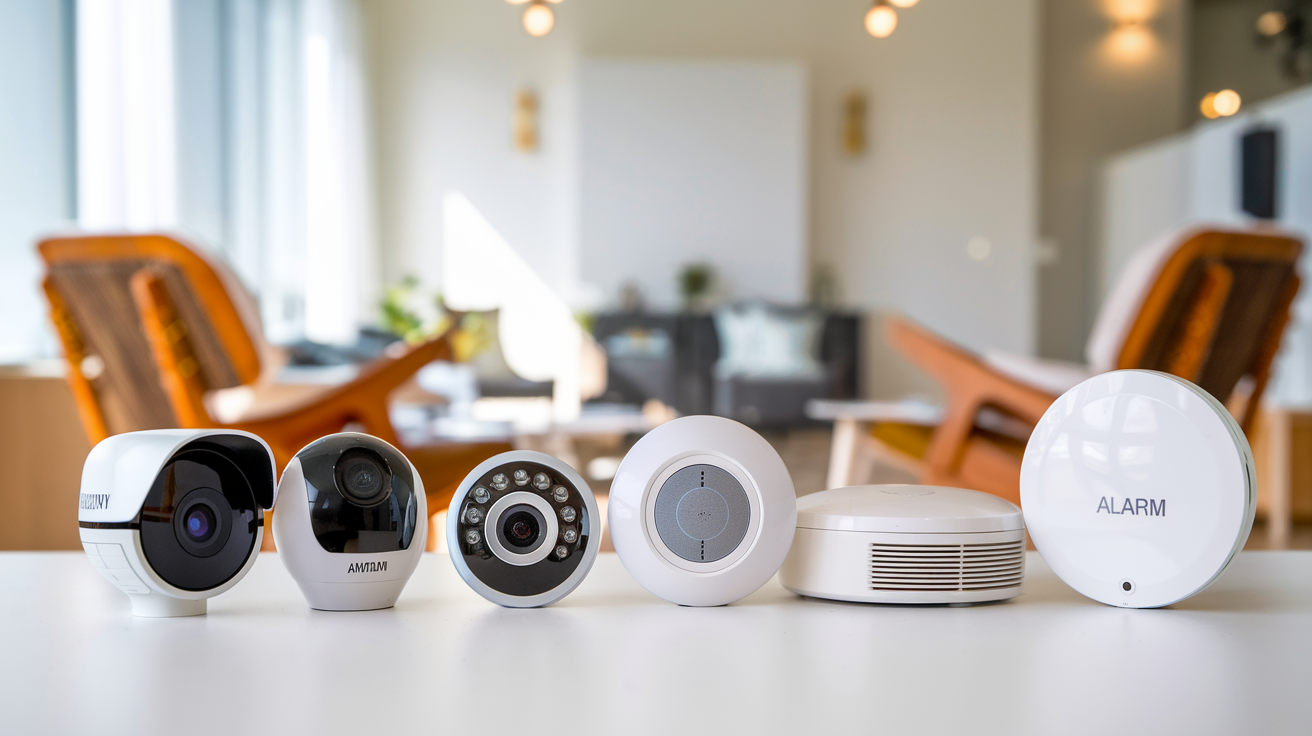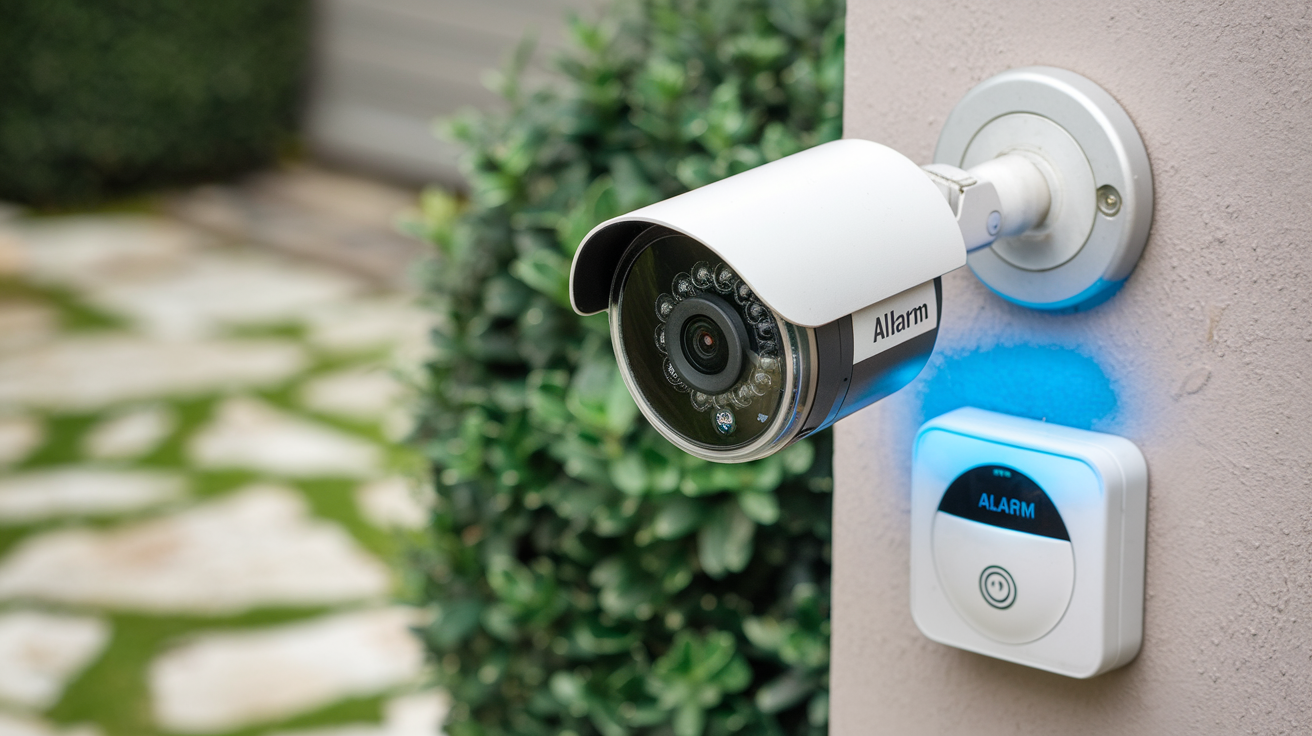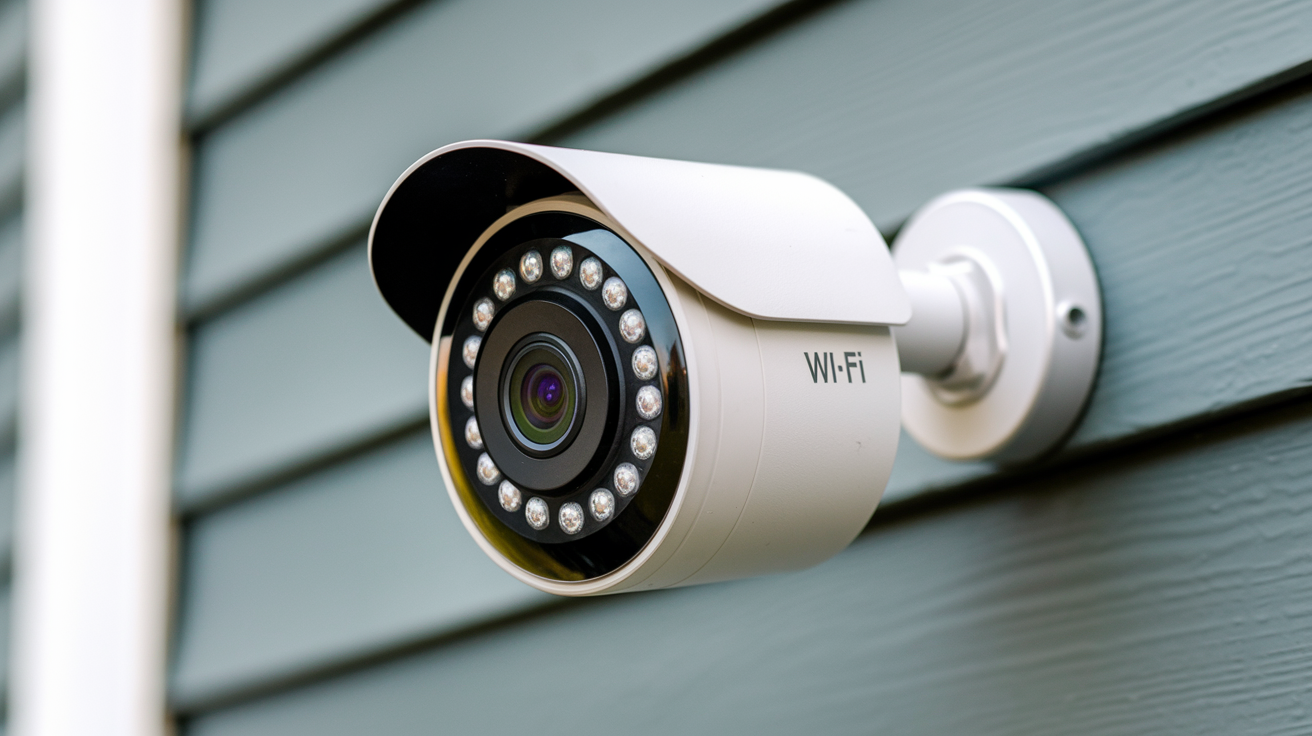It is not easy to select the appropriate video camera since the market is flooded with various brands and models. There are many categories, characteristics, and price levels of video cameras available on the market. Defining your requirements and your budget will make the process easier. This guide looks at some of the most important aspects to consider when choosing a video camera to identify the right one for your needs.
Video Resolution Another crucial aspect of any Best Security Camera is the quality of the videos that it can record. This defines how distinct and clear the captured videos will be. Today, most consumer and prosumer models are capable of shooting high-definition 1080p resolution. The professional video cameras of high end can easily reach 4K, 6K, and 8K ultra-high definition. Consider what you will mostly be using the video camera for, how you will be able to watch the videos, and how you will share the videos. If the standard definition is all that is required, there is something cheaper that provides 480p or 720p resolution.
Sensor Type CCD and CMOS are the two primary kinds of image sensors utilized in video cameras. CCD sensors are usually known to deliver better image quality and low light capability. However, they are usually more expensive than other commonly used tanning products. CMOS sensors have advanced over the years and it is now possible to get some of the best HD video at cheaper prices. So they are often included in cheaper video cameras for consumers. CMOS sensors are a little cheaper and consume less power. In sum, the decision of which type of sensors to use should be based on an evaluation of the required resolution and the cost available.
Optical Zoom Capabilities Almost all video cameras have an optical zoom capability integrated into the device that allows for easy changes in focal length without physically approaching the subjects. Cameras in videos may have zooms of 10x, 20x, or even more than that. Additional zoom capability offers the freedom of more shots in a scene or distant magnified detail shots. On the other hand, the ability to zoom also comes with additional costs and results in a higher video camera price. Therefore, it is necessary to compare the strength of the zoom function with more limitations in the budget. More zoom also means that images are more likely to appear shaky when the camera is hand-held. Thus, optical stabilization becomes significant with enhanced powering zooms.
Media Recording Formats Video cameras capture their images directly onto a chip or other built-in storage device such as a memory card. Or they may have the ability to record to an external device such as an external hard disk. When choosing a video camera, one should consider what recording formats one requires. Depending on the model, SD, SDHC, SDXC cards, internal SSD drives, or USB external hard drives of different capacities will be supported. The storage format should accommodate the video recording formats, frames per second, and duration necessary for your video productions.
Frame Rate Options Standard video frame rates range between 24, 30, 60, or 120 frames per second, at the very least. The frame rate indicates how well motion appears when filmed and then replayed at intervals. 30fps will look better and smoother compared to 24fps which will give a cinematic appearance. It has very smooth and real-life-like video quality at 60fps. With higher frame rates of 120fps or 240fps, you can capture beautiful slow, motion scenes if replayed at the normal rate. If you aim to record moving you aimas sports or racing cars, ensure you go for a camera with a minimum frame rate of 120fps at 1080p. Documentaries, for instance, may only need 30fps instead. Choose frame rate specs based on your particular video content strategies.
Manual Controls vs Automation Some of the top-end professional video cameras have a lot of manual configurations to allow changes in focus, exposure, audio, and color during the recording process. This provides optimum freedom to professional videographers to achieve their creative best. Standard or simple image tweaks may be made using auto settings or preset scene modes which may be more suitable for home video shooting. Consider whether you prefer the fine, manual control provided by localized settings or not when comparing cameras. Those in between provide different degrees of partial manual control and some convenient automation, which may be a good compromise between the two kinds of vehicles. Think about which direction is appropriate based on experience level and preferred style.
Size, Weight, and Portability As for the size and mass of video cameras it greatly varies between models depending on their application. In particular, it should be mentioned that studio professional models are often very large and heavy. However, they are highly scalable and come with some of the most potent functionalities. Portable consumer models are compact and lightweight for easy carrying when filming on vacation or while vlogging. However, they had to compromise somewhat on the video and the specifications to make it compact and lightweight. Determine which of those aspects of the LG G6 is more important to you – the ability to move around while shooting or capturing premium quality videos. This can assist in the reduction of potential camera size choices down to more appropriate ones.
Low Light Performance If you plan on shooting video in a house, in a car, or wherever there is scarce lighting, consider the camera specifications concerning low light conditions. It is also important to note that some video cameras work better in low-light conditions than others. These features that enhance low light performance are maximum ISO, backside illuminated sensors, wide aperture lenses, and optical stabilizers. Evalu, ate the scores of shortlisted models for these aspects to select a model that remains capable of capturing useful footage in low-light scenarios.
Connectivity for Live Streaming Today, many social media creators like that they can have the ability to stream videos in real-time from a video camera. Thus, such WiFi and streaming optimization functions have become helpful to consider as an indicator of whether streaming is to be a part of the strategy. Cameras designed for live streaming will come with features such as one-button streaming to YouTube or integration with platforms such as Facebook Live and Twitch. Some might support LTE or 5G cellular connectivity as well. Look for the characteristics if you wish to incorporate real-time broadcasting via your video camera.
Battery Life Duration In particular, when shooting video out in the field, battery life emerges as one of the most tangible practical concerns. Well, no person would like the camera to stop operating in between a filming session just because the battery is dead! So consult manufacturer estimates for approximate hours of operation per charge under normal shooting situations. Those that enable extra batteries or a battery pack also offer useful portability as well Consequently, it is therefore reasonable to conclude that the four models under analysis present a balance of pros and cons. Be precise in planning your power solutions based on expected average shooting times to avoid losing footage chances to battery drain problems.
Audio Input Options Every video camera has a built-in microphone but the more advanced cameras can accommodate an external microphone for enhanced sound capture. This helps to improve the sound quality of the interview, the acting parts, or the singing for instance. Pay attention to the microphone connectivity options such as mini-XLR or a headphone jack to figure out which professional microphones can be connected to the camera in case the high-quality sound is an essential factor in your work.
Accessory Compatibility Anything that can assist in the making of a video is helpful including gimbals, drones, sliders, lights, and many others. Another factor you should consider is whether you will be adding any peripheral devices in the future and whether your preferred cameras will be compatible with them. This includes aspects such as hot shoe mounts, screw threads for stands or tripods, remote control via external monitor or computer, and the like. Getting this for the actors right now helps avoid unpleasant surprises or restrictions in the future when growing your gear array.
Budget and Value As video cameras range from $100 to $100,000 and above, establishing a definite budget aids in limiting choices. Decide what video quality level is sufficient for your actual requirements instead of buying more than you need for features that you will never use. Having defined clear expectations of the budget to be allocated to the particular project, look for the models that are most effective performers at the price that you are ready to pay for your purchase. It is rational to prioritize the items that offer the most value in line with the planned video application – this is a smart way to optimize expenditures. Read reviews carefully also when checking the difference between specs on paper and in practice.
Balancing these factors into consideration will lead you to choose the right video camera depending on the filming requirements, requirements, and pocket. Think about what is most important whether that is resolution, zoom power, portability, or accessory integration. Determining the specific balance of strengths best related to your most desired specifications leads to identifying the best video camera that you will require for the type of videos that you plan to shoot. Being able to spend more on the key features where you will be heavily using your video camera while avoiding overspending on features that you may never use allows for a smart investment in the perfect video camera for your vision for a long time into the future.
Protect your home today with ADT’s top-rated security solutions!
Call now at +1 877-470-7879 to get a free consultation and find out how you can secure your home with the best in the business. Don’t wait—ensure your peace of mind with ADT!





